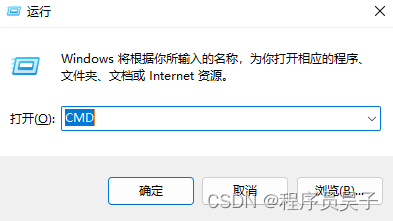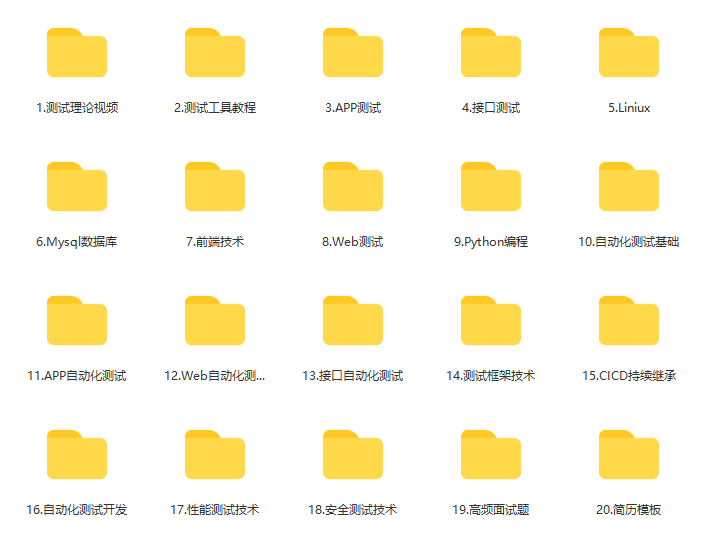当前位置:网站首页>Application of time series database in the field of ship risk management
Application of time series database in the field of ship risk management
2022-07-30 18:01:00 【CnosDB】

Recently, Jesse has been learning and expanding her knowledge all the time. She saw an article "Data Preprocessing of Ship Risk Management System Based on TSDB" in the journal "China Ship Repair", so this issue also wants to use this article.Based on this, I will briefly talk about the application of TSDB in the field of ship risk management.
This article only represents my personal opinion, if there is any bias, please also ask Haihan~
Today, the advancement of technology has made the equipment of ships more advanced and the knowledge received by the crew more abundant, but the accident rate has continued to increase.The domino theory holds that the occurrence of a casualty accident is not an isolated event, although the injury may occur suddenly at a certain moment, it is the result of a series of events occurring in succession.We believe that the main factors leading to accidents are the unsafe behavior of people, the unsafe state of things and management defects.Because of the frequent occurrence of accidents, the safety management of ships is a must.Ship safety management is a series of management work such as leadership, organization and control around ship performance, technical safety, cargo safety and the safety of life and property of relevant personnel.In order to achieve comprehensive and scientific risk management, building a ship risk management system is also a top priority.We need to monitor the relevant parameters of important equipment and systems in the ship's engine room in real time, analyze the relationship between changes in relevant parameters and the failure of the ship's engine, and clarify the specific mechanism and consequences of the risk.
Since the ship risk management system is so important, what is its overall design?From an overall perspective, the ship risk management system is shown in the figure below.The real-time data of the ship is transmitted to the shore through the public network, and the data includes multiple parameters such as main engine load, torque, speed, fuel temperature, etc. After data preprocessing through reception and analysis, abnormal data elimination and missing data supplementation, the data is stored.Enter the TSDB; subsequently read the data in the TSDB to realize real-time monitoring, over-limit alarm, data analysis and risk warning and other functions; and build a corresponding data platform to visualize the monitoring content and subsequent analysis results.We can see that TSDB is in a relatively central position in the overall design.

At the same time, in the above design, especially in the process of data transmission, we also need to pay attention to some problems.For example, when the data transmission device sends real-time data to the shore, we must prevent others from stealing or tampering with the data while ensuring the readability of the data, which requires a unified protocol for transmission.For another example, due to network problems, etc., data may be wrong or missing.Therefore, after receiving the data, it is necessary to analyze the data first, and then remove the outliers and fill in the missing values.
Then why choose TSDB as the database storage option for the ship risk management system?Generally speaking, there are two types of traditional DBMS (Database Management System).One is a relational database, such as SQL Server, MySQL, etc. The problem of this type of database is that its structure is complex and the data is not easy to expand. If a large amount of data is written in real time, it is unbearable.The other type is non-relational databases, such as MongoDB, Redis, etc. The problem with such databases is that the development and maintenance costs are relatively high.In the navigation of ships, all kinds of data have the characteristics of high real-time and large amount of data, and they are all sorted in time series.In terms of data query of the risk management system, it is also mainly based on time period query, which makes the traditional database unable to meet the requirements for the use of the ship risk management system.Neither due to structural issues nor development and maintenance costs are suitable as databases for ship risk management systems.Therefore, in order to solve related problems, the application of TSDB is still the most suitable choice for everyone.
This is the end of this issue. Thank you for your continuous attention to the CnosDB community. If you have any questions, you can give us your opinion through GitHub by raising Issues or Discussions, etc. CnosDB will also give you feedback as soon as possible.
Introduction to CnosDB
CnosDB is an open source distributed time series database with high performance and high ease of use. It has been officially released and all open source.
Welcome to follow our code repository, one-click three links: https://github.com/cnosdb/cnosdbgithub.com/cnosdb/cnosdb
边栏推荐
猜你喜欢

Basic knowledge points in js - BOM

银行适用:此文能够突破你的运维流程管理问题

分布式消息队列平滑迁移技术实战

【AGC】增长服务2-应用内消息示例

论文阅读之《Underwater scene prior inspired deep underwater image and video Enhancement (UWCNN)》

Promise entry to proficient (1.5w word detailed explanation)

SQL行列转换

Py程序员的七夕情人节

测试行业干了5年,从只会点点点到了现在的测试开发,总算是证明了自己

Web 3.0入门教程
随机推荐
首发!阿里技术大牛最新耗时半个月整理出最全MySQL性能优化和高可用架构技术宝典,直接封神!
沃尔沃中国的年中总结,在“安全感”中寻找未来
Pagoda builds PHP adaptive lazy website navigation source code measurement
un7.30:Linux——如何在docker容器中显示MySQL的中文字符?
编曲软件FL Studio中文版安装教程及切换语言教程
软件测试13年从业经验的前辈,总结的5条测试就业建议....
高级语言垃圾回收思路和如何减少性能影响原理分析
如何让 JOIN 跑得更快?
Promise entry to proficient (1.5w word detailed explanation)
PyTorch 猫狗分类源代码及数据集
weiit新零售小程序如何探索数字化门店的破局之路
fast shell porting
C陷阱与缺陷 第6章 预处理器 6.1 不能忽视宏定义中的空格
C陷阱与缺陷 第6章 预处理器 6.2 宏并不是函数
数据库系统原理与应用教程(065)—— MySQL 练习题:操作题 62-70(九):分组查询与子查询
Error occurred while trying to proxy request The project suddenly can't get up
JVM 上数据处理语言的竞争:Kotlin, Scala 和 SPL
升级 MDK 5.37 后的问题处理: AC6编译选项, printf, 重启失效等
18.支持向量机(SVM)的介绍
JMeter Notes 3 | JMeter Installation and Environment Instructions